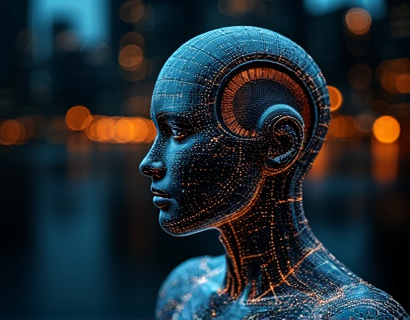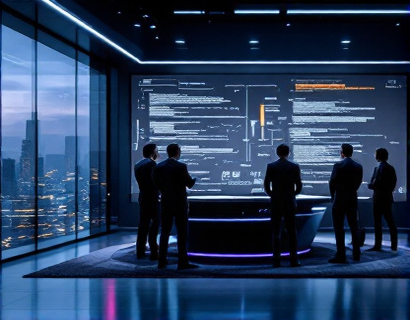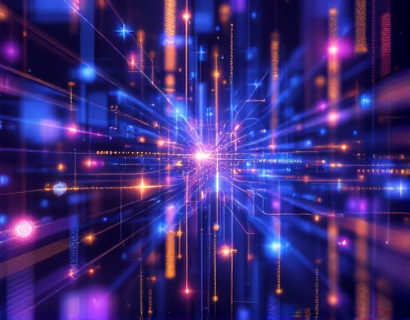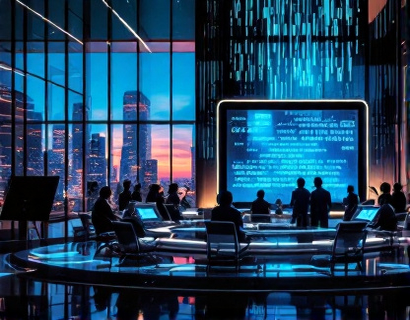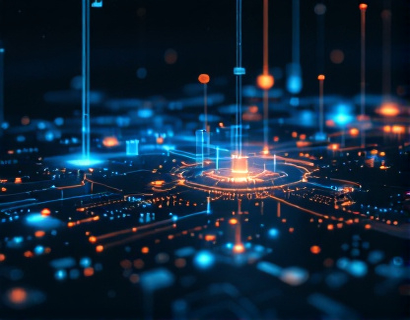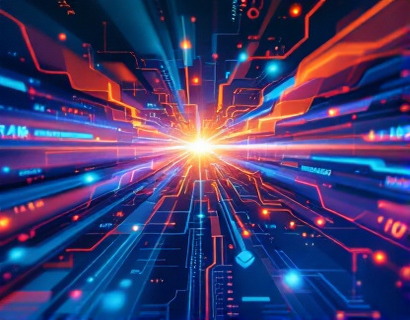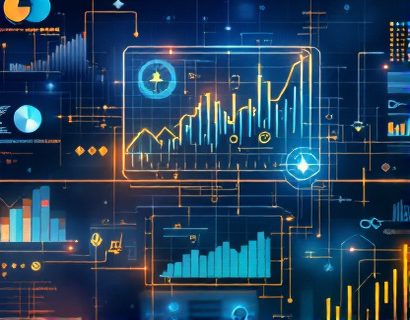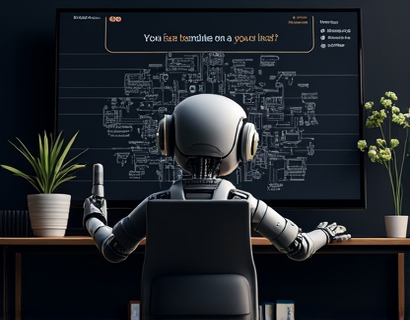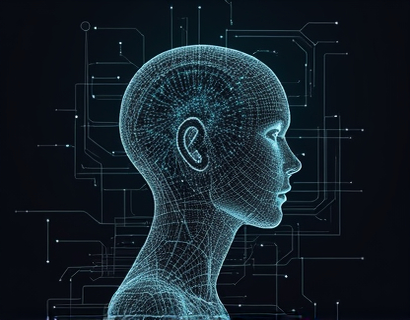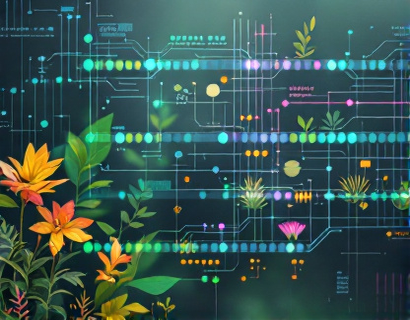Unlocking Global Communication with Advanced AI-Powered Translation Technology
In an increasingly interconnected world, the ability to communicate seamlessly across languages and cultures is more crucial than ever. Advanced AI-powered translation technology has emerged as a game-changer, breaking down language barriers and enhancing business interactions on a global scale. These cutting-edge tools are designed to provide precise and rapid translations, ensuring efficient and accurate multilingual connections across diverse industries. This article delves into the transformative impact of AI-powered translation technology, exploring how it can elevate global interactions with unparalleled accuracy and speed.
The Evolution of Translation Technology
The journey of translation technology has been marked by significant advancements, from manual translation services to the development of machine translation systems. Early attempts at automated translation relied heavily on rule-based systems, which often struggled with the nuances and complexities of human language. The introduction of statistical machine translation (SMT) in the late 1990s brought about a shift, using large datasets to improve translation accuracy. However, it was the advent of neural machine translation (NMT) that revolutionized the field, leveraging deep learning algorithms to produce more natural and contextually accurate translations.
Today, AI-powered translation tools have reached new heights of sophistication, thanks to continuous improvements in natural language processing (NLP) and machine learning. These technologies can understand and generate human-like text, taking into account context, idioms, and cultural nuances. The result is a level of translation quality that was once thought impossible, making global communication more accessible and effective.
Precision and Speed in Translation
One of the most significant advantages of AI-powered translation tools is their ability to deliver precise and rapid translations. Traditional translation methods often involve human translators who, while highly skilled, can be limited by their availability and the time required to complete translations. AI-driven solutions, on the other hand, can process vast amounts of text in seconds, providing near-instantaneous translations that are both accurate and reliable.
Precision is crucial in business communications, where misunderstandings can lead to costly errors. AI translation tools use advanced algorithms to analyze and interpret text, ensuring that the translated content maintains the original meaning and intent. This level of accuracy is particularly valuable in industries such as finance, law, and healthcare, where precise communication is essential.
Enhancing Business Interactions
The impact of AI-powered translation technology on business interactions cannot be overstated. Global companies can now collaborate with international partners, clients, and employees without the hindrance of language barriers. This fosters a more inclusive and diverse work environment, enabling businesses to tap into new markets and expand their customer base.
For instance, a multinational corporation can use AI translation tools to communicate effectively with its global workforce, ensuring that all team members understand project requirements, deadlines, and feedback. This not only improves productivity but also enhances employee satisfaction and retention. Additionally, AI-powered translation can facilitate smoother customer service interactions, allowing companies to provide support in multiple languages and cater to a broader audience.
Breaking Language Barriers in Diverse Industries
The benefits of AI-powered translation extend beyond business interactions to various industries, each with its unique communication challenges. In the healthcare sector, accurate translation is vital for patient care and safety. AI translation tools can help medical professionals communicate effectively with patients who speak different languages, ensuring that critical information is conveyed without loss or distortion.
In the educational sector, AI translation can bridge the gap between students and educators from different linguistic backgrounds. Online learning platforms can offer courses in multiple languages, making education more accessible to a global audience. Similarly, in the travel and tourism industry, AI translation tools can assist travelers in navigating foreign countries, providing real-time translations for signs, menus, and conversations.
Cultural Sensitivity and Contextual Understanding
While AI-powered translation tools have made significant strides, it is essential to recognize that language is deeply intertwined with culture. AI systems are increasingly equipped with cultural sensitivity features, allowing them to adapt translations to specific contexts and regions. This ensures that translations not only convey the literal meaning of words but also respect cultural nuances and idiomatic expressions.
For example, certain phrases or expressions may have different connotations in various cultures. An AI translation tool that understands these subtleties can provide more appropriate and respectful translations, fostering better communication and mutual respect. This level of cultural awareness is particularly important in diplomatic and international relations, where misunderstandings can have far-reaching consequences.
Challenges and Limitations
Despite the remarkable advancements in AI-powered translation technology, there are still challenges and limitations to consider. One of the primary concerns is the accuracy of translations in highly specialized or technical fields, where precise terminology and jargon are essential. While AI systems have improved significantly, they may still struggle with complex or domain-specific language.
Another challenge is the preservation of tone and style in translations. Humor, sarcasm, and emotional nuances can be difficult for AI to capture accurately, potentially leading to misinterpretations. Additionally, the quality of translation can vary depending on the pair of languages involved, with some language combinations still posing greater challenges than others.
Future Prospects and Innovations
The future of AI-powered translation technology looks promising, with ongoing research and development aimed at addressing current limitations and enhancing capabilities. One area of focus is the integration of multimodal translation, which combines text, speech, and visual elements to provide a more comprehensive and context-aware translation experience.
Advancements in natural language understanding (NLU) and generation (NLG) are also expected to further improve translation quality. These technologies will enable AI systems to better understand the intent behind text and generate more natural and fluent translations. Moreover, the incorporation of user feedback and continuous learning will help AI translation tools adapt and improve over time, becoming even more reliable and user-friendly.
Conclusion
AI-powered translation technology has the potential to revolutionize global communication, breaking down language barriers and enhancing interactions across industries and cultures. With its precision, speed, and cultural sensitivity, this technology is poised to play a pivotal role in shaping a more connected and understanding world. As these tools continue to evolve, they will undoubtedly open up new possibilities for collaboration, innovation, and growth on a global scale.




